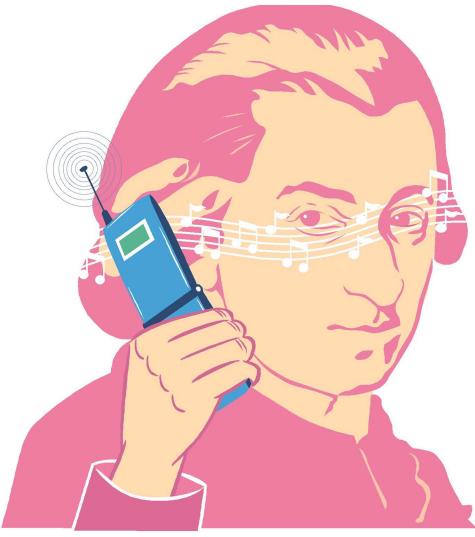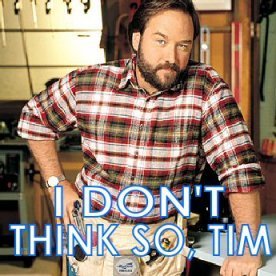Here’s Number Zero right off the bat: the orchestra is it’s own medium with its own traditions and aptitudes; what it is not is a plus-sized New Music Ensemble. Here’s what I mean:
1. Tradition & Expertise. The day-to-day work of an orchestra principally involves playing music composed during the hundred years between 1850 and 1950.  In order to get a job playing in an orchestra, a musician must audition on excerpts by Brahms, Tchaikovsky, Mahler, and Shostakovich. It behooves a composer to write music that stems from this tradition. The musical possibilities that build on the existing orchestral literature have not come close to being exhausted, I promise.
Corollary: this means that your musical style or voice might be different when you write for the orchestra v. a chamber ensemble. It meant that for Beethoven and he did alright.
2. The schedule. A professional orchestra rehearses a new program every week. Let’s say you’ve written a 10-15 minute concert opener (a commonly commissioned item). In addition to your piece, the orchestra will also be play a 45-minute symphony and a 35-minute concerto on the same program.
Each concert program receives four rehearsals.
- Rehearsal 1: symphony & new piece
- Rehearsal 2: symphony & new piece
- Rehearsal 3: concerto
- Rehearsal 4:Â dress (run-thru of whole program)
The two rehearsals available for your piece total roughly 5 hours of actual rehearsal time; the conductor’s main focus will largely be on the symphony. If you’re lucky, your piece will get about 60-75 minutes of rehearsal plus a final run.
That’s very different from having a New Music Ensemble work on your piece for a whole semester, or even, say 6 rehearsals over the course of 2-3 weeks. Â And you might think that sounds like an awfully impersonal proposition with not a lot of chance for reward.
And you might be right! And that’s totally OK! I’m here to say that composing for orchestra isn’t for everyone and it doesn’t have to be. “Pierrot Lunaire”, “Density 21.5”, and “SÃppal, dobbal, nádihegedűvel” are all certified masterworks that don’t need eighty people to make their musical statements.
3. The strings. The strings are the essence of the orchestra. I don’t in any way mean to undermine the contributions of the winds and percussion, but without strings, what you’ve got is a band. If your piece could work (or almost work) as a standalone work for string orchestra, you’re on to something. (see: Ravel)
The members of the string sections are used to playing as a unit. The agglomeration of several string players playing the same part is what gives the orchestra its distinctive color. Divisi can be glorious, but don’t go crazy; Debussy, Stravinsky and LutosÅ‚awski are great models.  Schnittke and Ligeti took string divisi to their logical conclusion, but they did so using very controlled canonic procedures, and it’s also worth noting that they both abandoned single player divisi after a period of experimentation.
You should expect that about half the string players will be sightreading your piece at the first rehearsal.
4. The woodwinds. The woodwinds (and, in many respects, the principal strings) are the star artistes of the orchestra and you should give them compelling solos to flatter their instruments and abilities.
Keep in mind though that technically challenging passagework needs to pay off. It’s a well known fact that a composer can scribble down in 5 minutes what might take a capable musician 5 years to master on his or her instrument. Give them something impressive to play that the audience can actually hear.
5. The brass. Despite their reputation, I have found that most orchestral brass players really do want to contribute their tone color to the orchestra in a sensitive and thrilling manner. However, just be aware that modern brass players are fully capable of blowing the roof off the place, and they’ll do it if you beckon them. Plan your balances carefully, and also consider the fact that the literature for their instruments goes back at least as far as Gabrieli.
A trumpet solo is a great thing, but a trumpet is not a violin. Write for it accordingly.
6. The percussion. These guys are the salt of the earth, and total badasses, and they’re so happy to have interesting parts, but they’ll really respect you if you restrain yourself from using every last toy in their cabinet.
7. The audience. Orchestral audiences cough. A lot. Like it’s their job. Especially if you offer them something soft and dreary and vaguely atonal (especially if it’s the first number on a concert.) Best to begin with a healthy mf AT LEAST and a definitive harmonic concept (be it tonal or atonal) in order to get their attention; save your delicatissimi for when you’ve reeled them in. Feel free to ignore this advice if you want your recording to sound like a Bronchitis Convention (which, incidentally, would be a great title for an orchestral composition.)
8. Final thoughts. I’m not saying you should dumb down your musical concepts when writing for the orchestra – musicians like a challenge. But certain musical ideas just lend themselves more readily to the sonority and capabilities of the orchestra. Others just don’t. So if you have a plethora of ideas (and I hope you do), keep track of them, jot them down, and maybe save some for a percussion quartet and others for a saxophone solo. Just because you come up with an idea while you’re working on a piece doesn’t mean it’s the right fit for the piece you’re working on.
I sincerely hope this little diatribe inspires composers to greater creativity and greater music-making, and I can’t wait to hear what you come up with!

